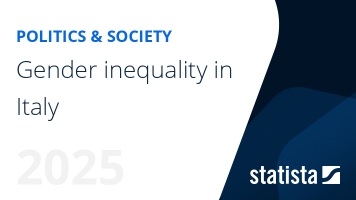Dalits and Adivasis in India - Statistics and Facts
Although untouchability was outlawed in 1947, the repercussions of being discriminated by so-called upper castes over centuries are far reaching. Discrimination is still practiced in many parts of the Indian society, segregating Dalits from the rest of the population in everyday activities of eating, entering places of worship and even homes of so-called upper caste Hindus.
A large share of the Dalit population has been reported to be living below the poverty line. Despite reservations granted by the constitution to enable equal opportunity, belonging to the Scheduled Castes and Scheduled Tribes has become a political identity over the decades of independent India. The rise of Hindutva (Hindu nationalism) has led Dalits to convert to Islam, Buddhism or Christianity for better opportunities in education and securing jobs.
Elections in India is almost synonymous with vote bank or voting blocs from a single community, often based on caste and religion. Dalits make up a chunk of that vote bank and it directly impacts the formation of governments, either because of voting or because of the need for coalition from multiple parties. In the largest populated state, Uttar Pradesh, the leader of the Dalit-led Bahujan Samaj Party, Mayawati served as chief minister multiple times. In 1997, K.R. Narayan served as president of the country and was a Dalit.
Adivasis (literally meaning original inhabitants of a region in Sanskrit) or Scheduled Tribes are indigenous, ethnic minorities across the sub-continent are also eligible for reservations in education and employment. They do not belong to any religion, and mainly follow Animism. The smaller tribal groups across the east and central-western belt of the country are highly susceptible to easy displacement because of urbanization.





























